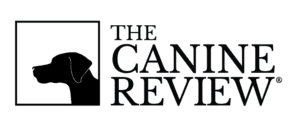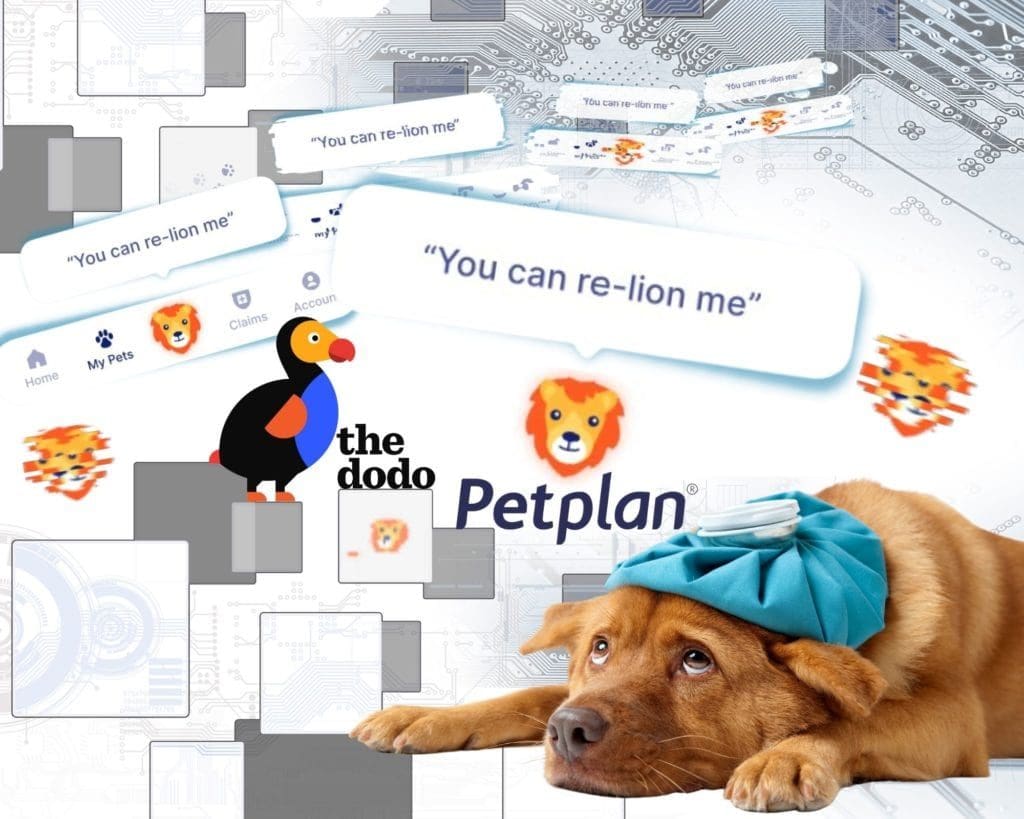Eleven months ago, The Dodo and Petplan announced a deal to rebrand Petplan as “Fetch by The Dodo” — It still hasn’t happened
This story has been updated*
Eleven months ago, Petplan announced a deal with Group Nine Media, the parent company of The Dodo, a blog for animal lovers, in which pet insurer Petplan would rebrand as “Fetch by The Dodo.” CEO Paul Guyardo told TCR in November 2020, that he anticipated changes to begin in March of 2021. It still hasn’t happened.
Group Nine Media CEO Ben Lerer did not return a request for comment as of press time through LinkedIn or by email, nor did Group Nine’s head spokesperson April Mellody. *Update: Soon after this story was published, we heard from an official with Group Nine, who asked to remain on background, that the company did not have an update but that an announcement was forthcoming.*
At Petplan, CEO Paul Guyardo declined TCR’s request to comment through company spokesperson Robin Shallow when asked about the deal. Guyardo also declined to answer when asked whether there had been any substantive changes to the partnership since the announcement last October. Ms. Shallow also declined to provide an update on the deal when asked over the summer, as well as in early June.
The Deal
Almost one year ago today, on October 19, 2020, The Wall Street Journal published a big scoop: “The Dodo, Group Nine’s Animal Brand, is Getting Into Pet Insurance,” The Journal reported. For Petplan, the prospect of attracting all of those eyeballs who visit The Dodo each day seemed to be the main draw: “Petplan, as it currently is, is a solid, high-growth business, growing at double-digits now for many years,” Paul Guyardo told the Journal in October. “But candidly, we lack the mainstream brand awareness and credibility—a partnership with Dodo is the most effective and efficient way to attain that awareness,” he said.
In a 2020 SEC filing, Group Nine Media described the deal as:
“A trademark licensing deal with Petplan…pursuant to which Petplan will be rebranded as Fetch by The Dodo…in exchange for which Group Nine Media will receive royalties and equity in the business. Group Nine will also receive compensation for content creation, promotion and marketing for Fetch insurance.”
The 2020 press release did not offer any details about if or how any aspect of the deal would impact pet owners’ coverage, rates, or aspects such as customer service. So TCR pressed Petplan for details.
Meantime, a Revolt Over Customer Service and Tech Glitches
As we began our inquiries in late 2020 about how the deal would affect Petplan customers, we noticed that the insurer’s social media content had been focused on customer complaints due to ‘technical “upgrades.’ As we continued our reporting and cries from Petplan customers accumulated.
Asked in April if he was regretting the deal with Group Nine or having second thoughts, Petplan’s Guyardo told TCR in a telephone interview that the glitches had not changed anything as far as his goals, his views about ‘insurtech’ and smartphone technology, or how he planned to accomplish those goals with a technology rollout. “It doesn’t change anything,” he said. “We’re trying to create the absolute best experience possible for our customers. What we’re trying to do,” he added “is what you used to have to pick up the phone and call a customer service representative for: You can now do it in the palm of your hand, on your smartphone, or on your laptop, and you can do it 24/7.”
The problem is more complicated than The Dodo or “Leo the Lion,” Petplan’s now retired, glitchy app/bot often cited by customers we interviewed last spring. From the moment Petplan’s mission-driven husband and wife co-founders, Christopher and Natasha Ashton, were pushed out by venture capital investors demanding wider profit margins, the company’s fate was sealed.
Petplan’s undoing began with the end of the Ashtons
Petplan’s undoing did not begin with The Dodo. Most of the customers we spoke with for our story last spring had been with Petplan prior to 2018, the year Petplan’s investors pushed out its founders. 2018 is the year they first noticed changes in the quality and reliability of the insurance, they told us in detailed accounts. The investors installed current CEO Paul Guyardo, whose background is in digital marketing (DirecTV, Nutrisystem, Discovery Communications). In 2019, The Philadelphia Inquirer chronicled the court battle between the Ashtons and the investors. According to The Philadelphia Inquirer: Guyardo said he’d been forced to address such pressing issues as a high claims-losses ratio — along with expired state licenses, a “very cheap” information technology system that threatened to “break ” the company. “When I got there, it was pretty apparent that the business had outgrown [the Ashtons], and it had been mismanaged,” Guyardo, said. .” One policyholder had an 18-year-old cat on life support for two years,” costing $147,000 in claims while paying less than $12,000 in premiums,” he testified.
Guyardo added that he agreed that the claim should be paid but that owners who file multiple claims or have higher claims should be forced to pay higher deductibles in order to deter pet owners from filing claims.
“Tech transformations are very, very difficult,” Guyardo told TCR two years later in April 2021, responding to the criticism and cries from customers who felt betrayed, “and in insurance and in any category, they are complicated. They sometimes go over budget and take longer than anticipated. This is not unusual. It’s why many, many companies choose to stay legacy systems because it can potentially be disruptive.”
What’s a loss ratio?
Based on the absence of responses we’ve received so far from pet insurers to whom we’ve made inquiries about it, another thing that seems to be “difficult” and potentially “disruptive” when it comes to Petplan and its peers is “MLR” or “Medical Loss Ratio” data. Loss ratio data is information pet insurance companies are not required to publish on their websites or provide on request, but they are required to provide this data to insurance regulators in any state in which they sell their products. Thus, the information is public and we can get it through public records requests — and we are undertaking that process now.
Pet insurance companies, of course, are not regulated by the Affordable Care Act, although there is important regulatory work wrapping up that would be America’s first significant piece of pet insurance legislation; it requires all kinds of disclosures for pet insurers and creates one universal set of rules, including definitions, within which insurers would agree to operate. One disclosure, however, the legislation does not currently require is information about an insurer’s claims relative to how much a member pays in — its loss ratio.
Trupanion is the only pet insurer that has so far been willing to discuss its “value proposition” (Trupanion’s way of saying “loss ratio,” maybe because founder and CEO Darryl Rawlings swears his company wants members to use their insurance and get their claims paid). Rawlings also says the pet insurance industry average is roughly 54 cents–as opposed to Trupanion’s 72 cents — for every dollar spent on veterinary invoices.
We also asked CEO Guyardo about Petplan’s value proposition when we followed up on September 14 about the Group Nine deal. We explained that we’re getting records from every state on every insurer, but we’re more eager to talk to the companies than we are simply to have the data sent to us. We’re still waiting for a response.

